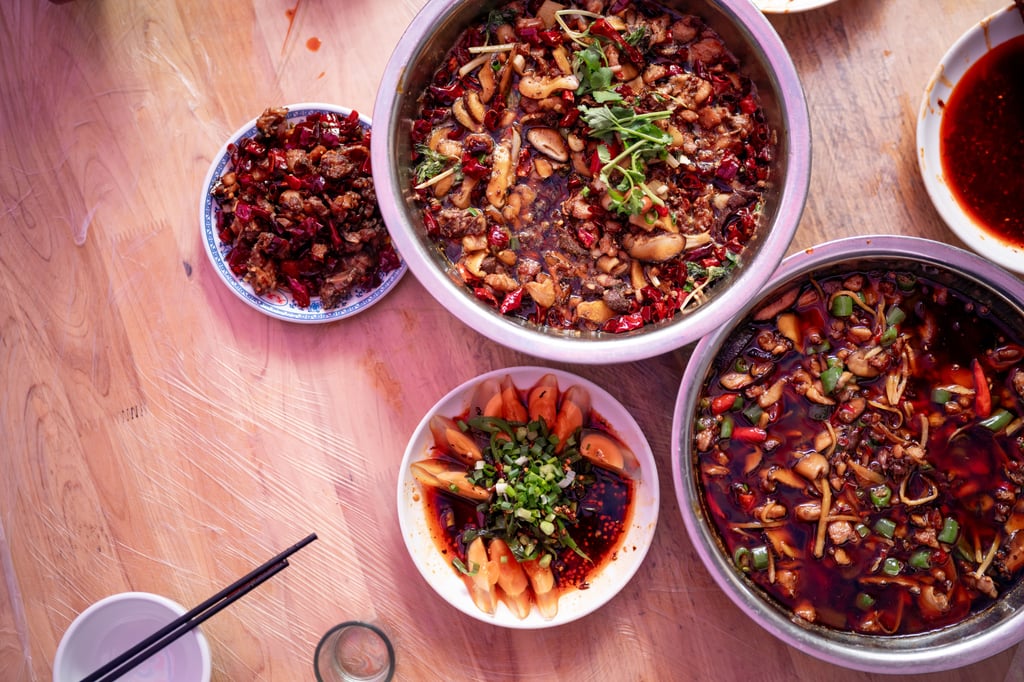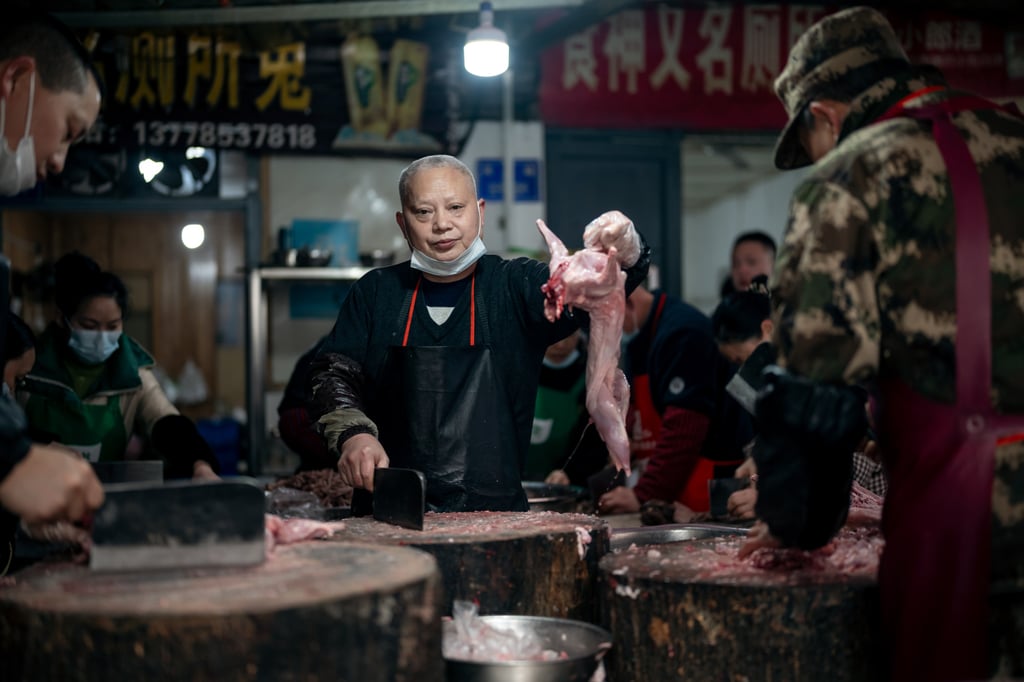How salt became the white gold of Sichuan’s Zigong city and helped shape a cuisine
The spiciest city in spicy Sichuan, Zigong was once home to an empire of salt and has a history of high- and low-end cuisine, starting with ‘Toilet Rabbit’

Three butchers stand behind an open kitchen window, dicing rabbits as fast as they can on thick wooden tables. The woks are blazing with chilli, ginger and Sichuan peppercorn.
Staff rush around the dazed customers standing in the middle of this back alley, as they try to make sense of the informal ordering and seating system. An elegant older woman commands the scene from her seat with a microphone and a loudspeaker, calling out table numbers to those already in line.

“Toilet” for the public bathroom just beyond the tables, which is famous in its own right (the less said about why, the better), “rabbit” for the hundreds of lean animals the restaurant goes through every day.

But I didn’t come to Zigong for the rabbit (or the toilet), which became popular only in the late 1990s, Zigong food historian and author Chen Maojun tells me. Instead, I’m here for the beef, the spice and the remnants of its history as a salt-drilling boom town.